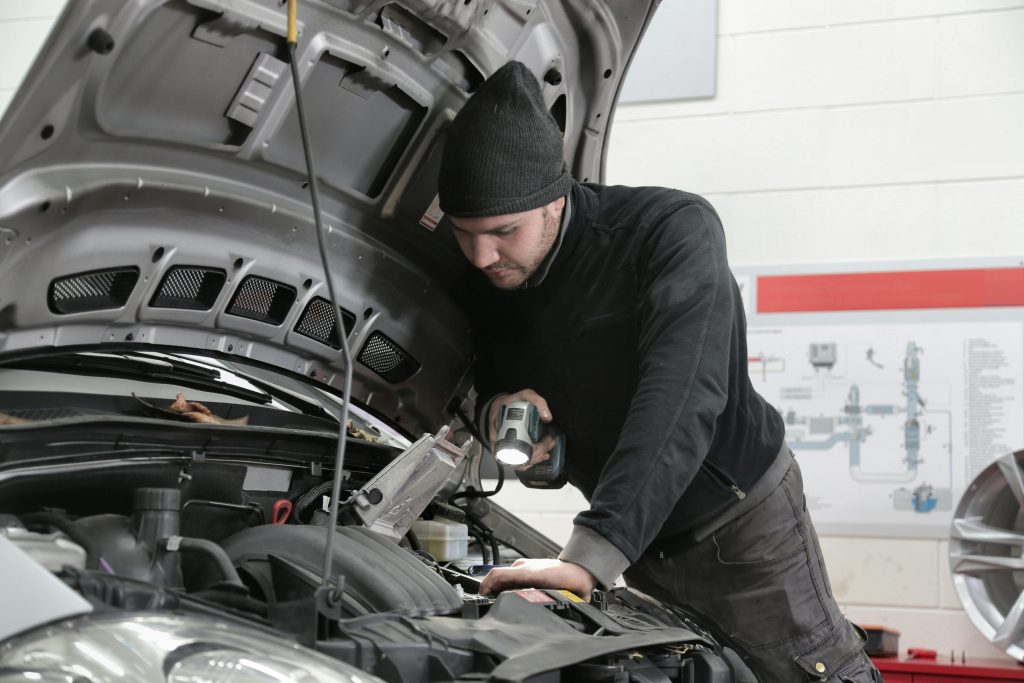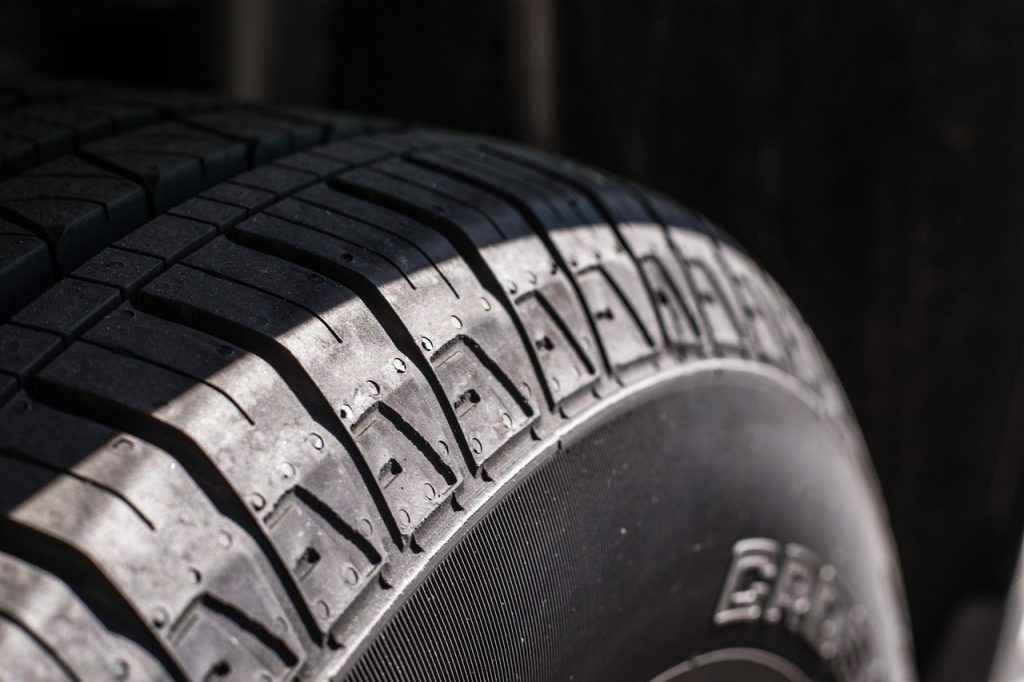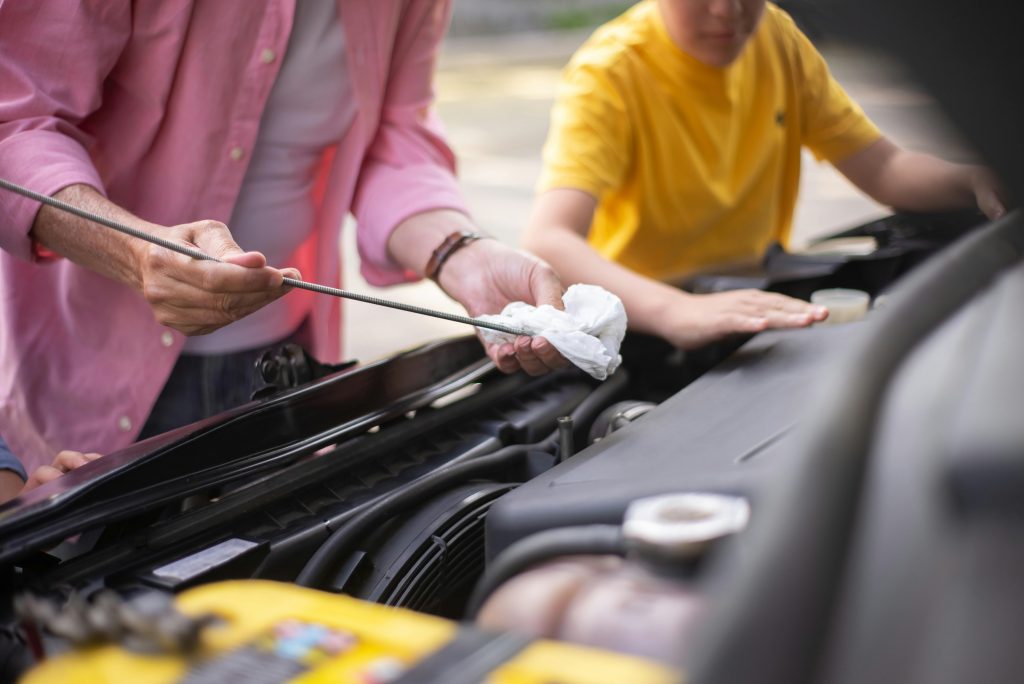Learning to drive and passing your test may be officially done and dusted, but now comes the responsibilities of being a car owner. From keeping your fuel tank filled to sorting out insurance, services, and MOTs – there always seems to be something to do!
What is an MOT?

An MOT is an annual safety check to make sure your vehicle meets the minimum road safety standards.
This includes a check on your exhaust emission levels — where carbon dioxide, hydrocarbons and carbon monoxide will be measured. If any of these emissions are found to be excessive, it’ll be an MOT fail.
How will I know when my car needs an MOT?
Your vehicle will need an MOT every 12 months once it’s over three years old. If you’re not too sure or have lost track of when your vehicle last had its MOT, you can check by visiting the GOV.UK website.
What’s checked during an MOT?
-General condition of the vehicle
– Excessive damage
– Fuel/exhaust systems
– Doors
– Seats
– Mirrors
– Brakes
– Tyres/wheels
– Lights
– Bonnet
– Windscreen
– Horn
– Wipers/washers
– Steering/suspension
– Electrical components
Carry Out These Checks to Pass Your Next MOT
It may certainly seem like a long and pretty overwhelming list, but there are checks that you can carry out on certain parts of your car to be sure they’re in a good condition before your MOT:
1. Brake Fluid

First stop — brake fluid! When your engine’s cool and you’re parked on a flat surface, open the car bonnet and locate the master cylinder. You’ll see ‘min’ and ‘max’ markers and the fluid within the container should be somewhere between the two. If it’s below the minimum marker, it’ll need topping up.
If you’re doing this yourself, make sure to buy the correct brake fluid for the make and model of your car, which can be found in your car’s manual.
2. Mirrors
Want to tick something off your checklist in under 60 seconds? Check your mirrors to make sure there are no cracks that could be impairing your view or exposing a damaged edge. How easy was this one?
3. Dashboard warning lights
Chances are if there’s a warning light showing on your dashboard, you’re already aware of it. If there are any issues, check your car’s handbook to identify the problem and book it in to be fixed if it isn’t something that can be done at home.
4. Tyre tread

If your tyre tread depth has worn away, it’ll impact your stopping distance. Not only will your car fail its MOT, if its tyres are below the required tread depth you can also face penalty points and a fine.
The minimum legal tyre read in the UK is 1.66mm across the central three quarters of the breadth of the tyre, which you might remember from the ‘show me, tell me’ part of your driving test.
A quick trick to check tread depth is to insert a 20p coin into the grooves of each tyre. You shouldn’t be able to see the outer band of the coin if the tyres are within the legal limit. If you can, you should have them replaced before your MOT.
5. Lights
The front and rear position lights must be working to pass an MOT. This is another one that you might remember from your ‘show me, tell me’ revision — but here’s a quick reminder:
Flick the switch and, if necessary, turn on the ignition then walk around the vehicle to see if all lights are in a good condition and working.
6. Horn
Earlier you checked off your mirrors in under a minute. Ready to check something else off even quicker than that?
Give your horn a quick beep (when it’s safe to do so) to check that it’s working. If it doesn’t work, you’ll need to get this fixed to avoid failing an MOT.
7. Oil

All checks during your MOT are important, but oil especially so because it’s needed for emission levels to be checked.
To check your oil levels, pop open the bonnet and locate the dipstick. Once you’ve done this, remove the dipstick and wipe off any excess oil before dipping it back in and removing once more.
Just like with your brake fluid, check that the oil sits between the ‘min’ and ‘max’ markers. If it doesn’t, you should top it up prior to an MOT.
8. Windscreen
You’ll most likely notice if there’s any windscreen damage, but what you should be looking out for are cracks over the size of 10mm that are obstructing your view on the driver’s side.
On the rest of your windscreen, check for marks that are 40mm or bigger.
9. Car cleanliness
This one may seem a bit strange but if you’re wondering if your car will fail its MOT if it isn’t glistening — the answer is ‘no’. That said, if your car is excessively dirty, resulting in it being difficult to read the reg plate, or lights being blurred by smudges, your car may fail its MOT.
